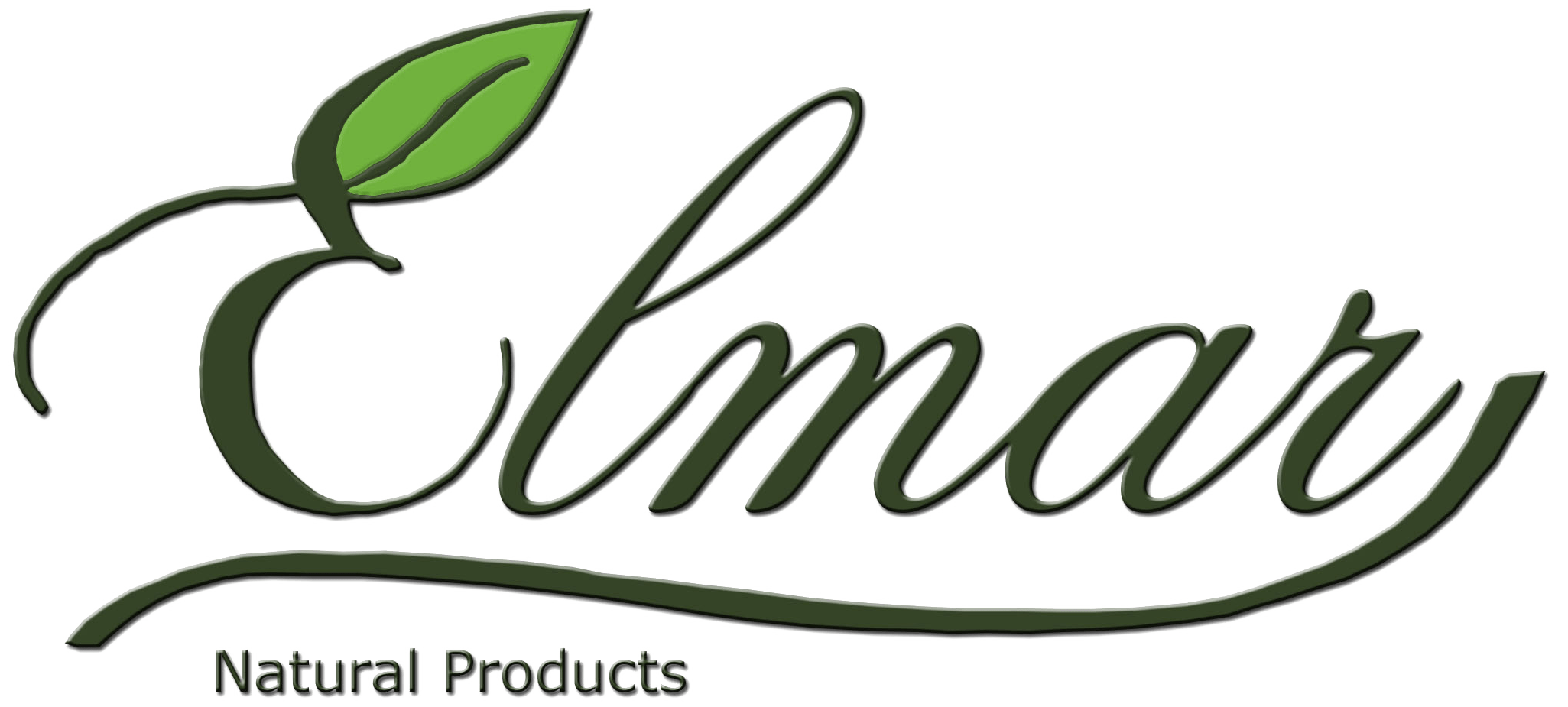Cinnamon is a key crop in socio-economic development and poverty reduction of farmers in the northern mountainous provinces such as Lao Cai and Yen Bai. To improve the value of products and sustainably develop cinnamon areaS, localities are aiming to form clean raw material areas for organic production.

Cinnamon barks are prepared by growers for consumption.
Yen Bai is one of the localities with the largest area of cinnamon cultivation in Vietnam today, with 81,000 ha. Cinnamon has opened up opportunities for local people to develop economically and improve their incomes. To develop cinnamon sustainably, in recent years, Yen Bai province has strengthened the mobilization of people to develop the cinnamon area along with care under an organic cinnamon planting process, to form standardized organic cinnamon material areas for large-scale processing.
Dao Thinh commune (Tran Yen district) is leading in the development of organic cinnamon in Yen Bai. Thanks to organic cinnamon cultivation, the value of cinnamon products of Dao Thinh commune is about 50% higher than ordinary ones, thereby, opening up great opportunities for trade promotion, export promotion, and increasing the income for people.
Mr. Chu Duc Hien, Chairman of Dao Thinh Commune People’s Committee, said that: The whole commune has formed 500 ha of organic cinnamon. The good point in this model is that organic cinnamon is produced without using any harmful chemicals, and at the same time, focuses on balancing the natural ecosystem to maximize the health and productivity of the community in terms of land life, crops, livestock, and people.
In Lao Cai, where cinnamon quality is ranked 3rd in the country by experts, the construction of clean raw material areas and organic production are promoted. Lao Cai currently has 3,671 ha recognized as organic cinnamon, distributed in Van Ban, Bac Ha, and Bao Yen districts.
The cinnamon products (bark, essential oil, etc.) of Lao Cai have been introduced at domestic and foreign trade promotion fairs and seminars (Dubai – United Arab Emirates, Paris – France, Moscow – Russia) by state management agencies and enterprises. The aim is to step by step link tourism with the promotion and introduction of cinnamon products to boost product consumption.

Organic production contributes to improving the quality of Vietnamese cinnamon products.
Mr. Trinh Xuan Truong, Chairman of Lao Cai Provincial People’s Committee, said that: To develop cinnamon sustainably, in recent years, Lao Cai province has strengthened the mobilization of the people to develop the area along with care under an organic cinnamon planting process, to form standard organic cinnamon raw material areas for large-scale processing.
At the same time, the province attracts investment from enterprises and corporations in the deep processing of cinnamon to increase the value of products and build organic cinnamon material areas towards exporting to high-end markets such as the EU, Korea, etc.
According to the report of the General Department of Forestry, Vietnam currently has a total cinnamon area of nearly 170,000 ha, concentrated in Lao Cai, Yen Bai, and Quang Nam. The total reserve of cinnamon bark is estimated at 900,000 – 1,200,000 tons and the average harvest is 70,000 – 80,000 tons/year. The export value of star anise and cinnamon of Vietnam was about 245.4 million USD in 2020, 274 million USD in 2021, and about 276 million USD in 2022.
Along with that, cinnamon trees have a lot of opportunities for development because the demand from high-quality markets such as the US and Europe is constantly increasing. In addition, Vietnam also benefits from many new generation FTAs such as CPTPP or VPA/FLEGT Agreement. Many taxes on the export and import of wood and wood products are reduced or eliminated./.
